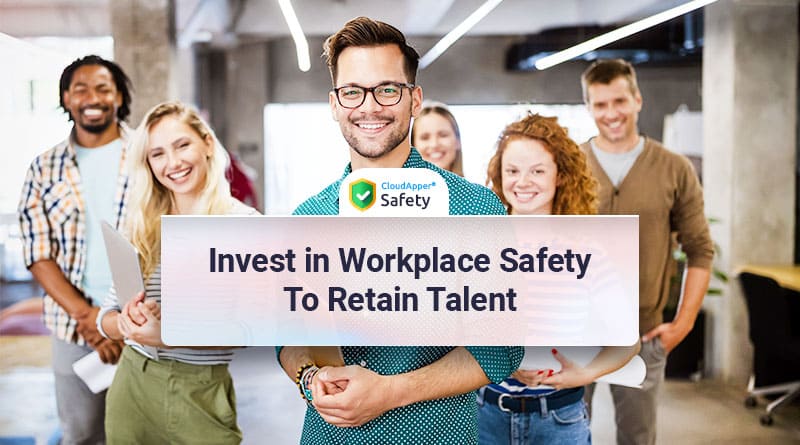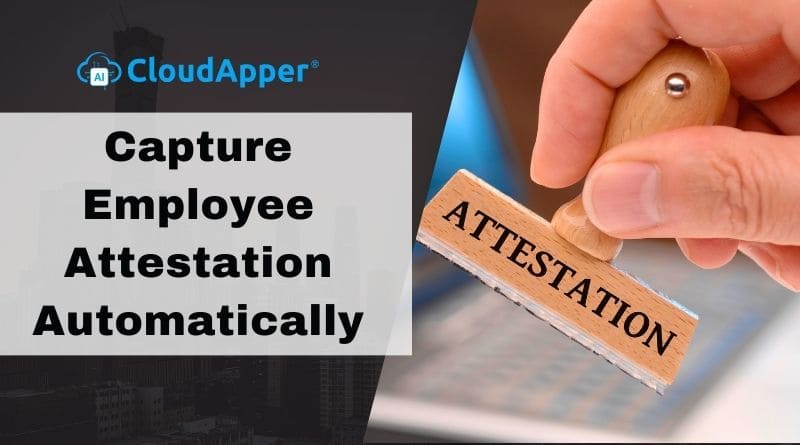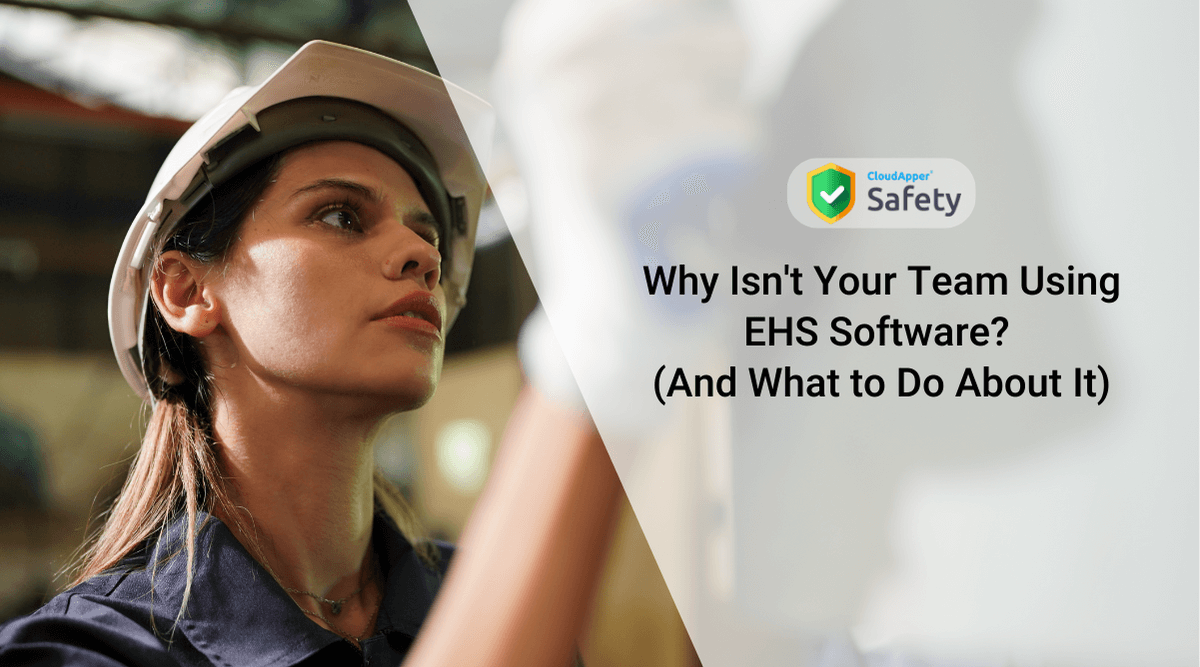If you want to succeed in today’s challenging economic environment, you’ll need the best people on your team. Look for people that don’t just show up to work every day but go above and beyond. Those who can swiftly adapt, provide high-quality work, maintain workplace safety and go above and beyond to complete a task.
Of course, these individuals are in high demand, and businesses find it increasingly difficult to retain them. There are many theories and reasons behind this, but one factor that is frequently disregarded and devalued when it comes to maintaining staff is workplace safety.
Do employees have a sense of security at work? Are they able to speak up about safety concerns? Are their voices heard and their issues addressed?
It’s no secret that employees who feel appreciated by their boss are more inclined to stay. And there’s no better way to demonstrate your concern for your workers than to keep them safe and healthy.
Employee engagement and retention can be improved by investing in workplace safety tools and processes. We’ll go deeper into that in a bit, but first, let’s look at where we are now.
Here are some statistics on employee retention:
- Voluntary turnover costs US firms $1 trillion per year (Gallup)
- The cost of replacing an individual employee can range from half to two times their annual compensation (Gallup)
- Mining and logging, construction, manufacturing, transportation, and utilities have the largest turnover rates (US Bureau of Labor Statistics)
- Baby Boomers are retiring at a rate of 10,000 per day, outpacing the ability of younger employees to replace them (US Census Bureau)
- The average worker’s tenure is only 4.2 years (US Bureau of Labor Statistics)
- Only 17% of businesses believe they have the right people in place to carry out their business strategy (The Predictive Index)
- In 2018, 41.4 million workers in the United States voluntarily left their occupations, accounting for one out of every four workers (Work Institute)
- Each year, one out of every three workers will leave their jobs willingly by 2023 (Work Institute)
Employee retention is clearly not a new issue. However, it has become an even more severe issue during the present pandemic.
As businesses reopen, it’s becoming more difficult to persuade people to return to work and risk contracting the virus. Due to COVID-19 concerns, many employees simply refuse to return to work.
This means that dangling a promotion or pay raise in front of employees won’t be enough to persuade them to stay — especially in businesses where working from home isn’t an option.
Employers must change the way they think and talk about safety culture instead of pushing employees to choose between their careers and health.
It All Starts at the Top
For starters, business leaders must be willing to walk the talk. We must commit to equipping people to protect themselves rather than relying on cliches like “Be careful” and “Safety is our #1 concern.” Offer effective training. Assure that enough staffing is in place. Mentor new employees and obtain, then act on, feedback.
It also entails investing in safety technology that aids in protecting personnel on the job—providing safety management solutions such as EHS software, mobile inspection apps, and iPads or tablets to make it easier and more efficient. Employees gain — both in the field and in the office — when organizations use technology in this way.
Reduced incident rates and increased employee retention pay for these tools many times over. If that isn’t enough, consider that 16% of younger employees have left a job because their boss didn’t give them the necessary technology to complete their work.
Last But Not Least
Only half of the battle is won when you hire the best employees. If your company is having trouble retaining employees, look beyond the compensation and benefits package.
You can help promote engagement and keep your top performers for the long term by providing EHS software that help them stay safe at work.



















